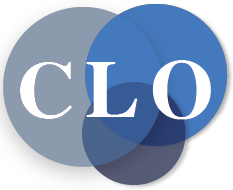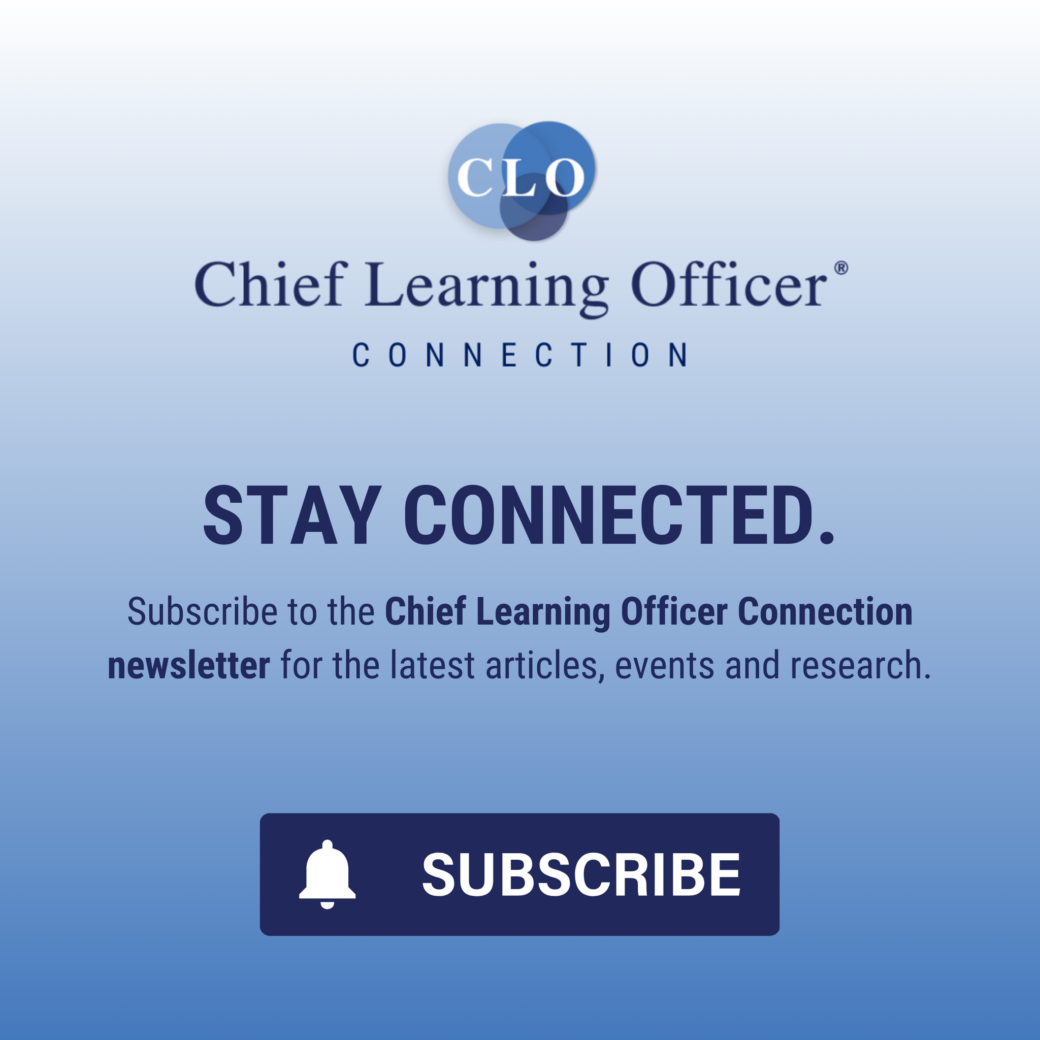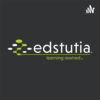Hospitals deal with fast-paced technological advances, rapid and constant arrivals of new information and regulation and a strong pressure on employees to perform. Not surprisingly, when it comes to employee development, these institutions have much to offer their business counterparts.
She can feel her heartbeat quicken and her hands grow clammy as the attending physician turns to her for an explanation of the patient’s symptoms. Only her second day of residency and already she is expected to understand the patient’s ailments, provide possible causes and offer an effective solution to the problem, all while maintaining her composure in front of the bed-ridden patient.
All eyes are on her as she describes Mrs. Johnson’s shortness of breath and smoking habits. She grows less nervous with each word, beginning to feel a bit proud of presenting to her peers and superiors during her first-ever “rounds” experience.
However, her comfort is short-lived: Upon completing her presentation, Lia is unexpectedly peppered with questions from her colleagues about Mrs. Johnson’s family history, diet and demeanor. Caught off guard, Lia promises she will remember to ask next time.
Together, the medical team surveys Mrs. Johnson’s array of symptoms, discussing potential diagnoses of lung cancer, emphysema and anxiety. As the junior residents offer possible treatments, medical students, social workers and pharmacists take feverish notes. The attending physician assures Mrs. Johnson the team is working together to understand and treat her condition. As the team moves from the patient room into the sterile hospital hallway, Lia comforts herself with the knowledge that rounds are designed for learning and not as an opportunity to shine before her peers.
Like Lia, interns and junior residents across the United States are confronted daily with the daunting task of presenting a patient’s symptoms, diagnosis and treatment plan to a medical team during morning “rounds,” often in front of the patient. Although often nerve-racking for novice doctors, rounds provide an unparalleled opportunity for learning, all while the routine work of patient care is accomplished.
In the summer of 2005, Judy Rosenblum, then president of Duke Corporate Education (Duke CE), a unit of Duke University specializing in custom executive education, began to consider the learning environment in teaching hospitals and its transferability to the modern corporation. Parallels between hospitals and corporations — fast-paced technological advances, the rapid and constant influx of new information and regulation, long hours, persistent stress and a strong pressure on employees to perform, compounded by economic pressure and high risk — spurred Rosenblum to gather a task force to dig deeper into the hospital environment. She hypothesized that the learning-at-work model employed by teaching hospitals could provide insight and help in accelerating learning in a corporate setting.
In an effort to learn more about the teaching hospital learning model and test its transferability, a team at Duke CE undertook a two-year study of the culture and practices of the country’s best teaching hospitals as recognized by U.S. News & World Report in 2005. Subjects included Mount Sinai Hospital in Manhattan, the Cleveland Clinic, Washington Hospital Center in Washington, D.C., and Johns Hopkins Hospital. Visits to every hospital, combined with the comments of an advisory board comprised of doctors from each of the institutions, yielded an abundance of information on how students and doctors learn, as well as many ideas about how these routines and practices could be transferred to the corporate realm.
The Value of Values
In each hospital Duke visited, it discovered a robust set of core values guiding teaching and learning. These values form the foundation of each hospital’s learning environment and manifest themselves through unique educational processes and learning methods.
First, and perhaps most importantly, teaching and learning are cornerstone values of these organizations and are espoused and modeled by leaders at every level of the organizational hierarchy. According to Dr. Charles Wiener, director of the Osler Medical Training Program at Johns Hopkins Hospital, everyone in the hospital is expected to teach, and all are required to learn. In other words, he reflected, “The learners are the teachers.” Similarly, as one attending physician at Mount Sinai Hospital noted, “The most important thing a medical or science student can learn is how to continue learning.”
In America’s best teaching hospitals, good teaching also is rewarded and established as an organizational and individual priority. Often, physician teachers benefit financially for their dedication to teaching. However, as one hospital leader noted, financial compensation for instruction could undermine the value placed on teaching and learning in that environment and so is often considered beside the point. More often, teachers are recognized in the hospital community for their commitment to develop future leaders and lauded by hospital leadership for their efforts.
Because teaching and learning are highly valued and expected in top teaching hospitals, assessment and feedback are ubiquitous and continuously employed through various means such as formal testing for medical certification, 30 seconds of real-time feedback after a medical procedure and in-depth portfolios created by medical students to show evidence of skills and knowledge. Even the quality of teaching is assessed and carefully monitored. As a result, top doctors can expect to receive feedback from outside observers on their teaching and facilitation skills, as well as formal training to help improve these skills. As a doctor at the Cleveland Clinic put it, “Feedback is the heart of the system.”
Finally, even in an environment in which errors can have life-changing and possibly fatal impact, everyone realizes that mistakes will happen and people should learn from them. Therefore, teaching opportunities are created from certain near misses and outright errors. By exploring these situations during mandatory, routine conferences as well as through informal conversation, individuals glean personal and systemic lessons from medical errors.
The Learning and Teaching Environment
Along with these core values, top teaching hospitals espouse several principles that cement their learning environments and support the core values.
• “It’s everyone’s role to teach.” Everyone in the teaching hospital has a role as teacher and is expected to be continually learning, all in the pursuit of providing the best possible patient care.
• “Testing is a way of life.” Accountability is high in the hospital environment: Learning is measured through formal testing and credentialing, as well as through extensive real-time observation and feedback.
• “Problem-based and team-based learning are the best methods.” Rather than learning through static case studies, individuals at these teaching hospitals learn as members of a medical team while addressing real-time patient problems. Not only does this problem-based and team-learning approach provide an excellent venue for learning, it also affords top-quality patient care.
These values and principles create a learning environment and culture embodied in the following comment by a Johns Hopkins resident:
“You start out with the recognition that everyone around you is smarter than you are … so that everyone you encounter you can learn something from. And, everyone you encounter wants to help you learn something new.”
This egoless culture drives real-time learning, increases trust between team members and creates a heightened sense of individual and team accountability for quality patient care. All this is done in the normal course of work as individuals are developing into medical professionals.
Key Philosophies
At the root of the teaching hospital model is a central philosophy of individual responsibility, quality teaching and patient ownership embodied in three practices:
1. Point of the wedge: Like Lia, the “point of the wedge” is the most junior member of a medical team, tasked with diagnosing and recommending a course of action for the patient. This practice of pushing responsibility to the most junior person accelerates and deepens learning and personal development. According to junior residents at Johns Hopkins, being the point of the wedge requires them to prepare rigorously and present confidently, thereby improving their planning and communication skills. The wedge — composed of attending physicians, fellow residents, medical students, nurses, physical therapists and other caregivers — provides continual and constructive support to the “point.”
2. Socratic method: The Socratic method employs questions and inquiry to “teach rather than tell.” In this way, an answer is not given when a question is asked. Rather additional questions are posed to stimulate enlightening conversation and ultimately increase understanding of a patient’s situation or condition.
3. Owning the patient: In top teaching hospitals, residents and medical students feel a magnified sense of accountability and focus on performance as a result of the aforementioned principles. As exhibited in our opening example, the concept of “owning the patient” becomes quickly engrained in junior and senior team members alike.
These principles drive the philosophy that everyone is a teacher and learner at all times, learning occurs best when it is done in the course of work and considers real patient problems, and learning increases when individual team members are asked to stretch themselves as the point of the wedge.
Transferability to the Corporation
While not all of what is described above is transferable to the corporate world, many of the philosophies, processes, methodologies and structures could facilitate the creation of a unique and productive learning environment.
Following the philosophies of point of the wedge and owning the patient — and using the Socratic method — would bring benefits to corporations hoping to accelerate the learning and development of employees. How-ever, doing this, and creating the most beneficial learning culture and environment possible, requires a focus on truly high standards of teaching and learning that:
• Are supported through constant assessment and feedback.
• Are practiced in the context of daily work.
• Are supported by leaders who espouse the strategic and personal value of learning.
Benefits of Applying the Teaching Hospital Model
Corporations stand to benefit greatly by applying the teaching and learning model employed in teaching hospitals. Acting as the point of the wedge will accelerate development, increase productivity and time to proficiency and quicken the development of competencies. In addition, acting as the point of the wedge will bring confidence and prepare a person more quickly to handle difficult client interactions and other challenges faced routinely in more senior roles.
As the development of junior staff accelerates, senior staff members will be able to leverage themselves more effectively with reduced risk. The heightened levels of responsibility and accountability in the junior staff -created by employing the teaching hospital model also will aid in the retention of generation Y employees, who crave challenges and public recognition. Additionally, through increased interaction and learning, knowledge sharing becomes more natural to both teams and individuals. And ultimately, though it will take time, a corporation can create a distinctive learning environment similar to those in the country’s best teaching hospitals and build distinction for itself in the marketplace as well as on campuses in the recruiting process.
Diagnose Your Organization
As companies think about how to accelerate employee learning to create competitive advantage, the questions below can serve as food for thought:
1. Do your managers view employee development as a task, separate from their day-to-day work? Is the development plan portion of your appraisal form the most difficult to complete?
2. Do you spend a substantial portion of your educational budget on programs designed to instill presentation and communication skills?
3. Do your younger employees feel underutilized?
4. Do your more experienced employees illustrate confidence and an ability to present a point of view under difficult circumstances?
5. Is coaching viewed as “directing” or “telling employees what to do?” Is coaching synonymous with employee evaluation?
6. Are you under pressure to reduce the amount of time employees spend in the classroom? Are you pressured to increase the relevance of your employee training to customer service?
By valuing patient care and learning equally, teaching hospitals have created an environment in which students and doctors learn continually and rapidly in the context of their daily work. Through team-based and problem-based learning, individuals learn interpersonal and technical skills simultaneously.
Teaching hospitals build leaders, both inside the hospital and beyond. Isn’t this what corporations are striving to build as well?















